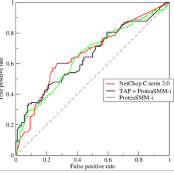Defect prediction plays a crucial role in software engineering, enabling developers to identify defect-prone code and improve software quality. While extensive research has focused on refining machine learning models for defect prediction, the exploration of new data sources for feature engineering remains limited. Defect prediction models primarily rely on traditional metrics such as product, process, and code ownership metrics, which, while effective, do not capture language-specific traits that may influence defect proneness. To address this gap, we introduce Knowledge Units (KUs) of programming languages as a novel feature set for analyzing software systems and defect prediction. A KU is a cohesive set of key capabilities that are offered by one or more building blocks of a given programming language. We conduct an empirical study leveraging 28 KUs that are derived from Java certification exams and compare their effectiveness against traditional metrics in predicting post-release defects across 8 well-maintained Java software systems. Our results show that KUs provide significant predictive power, achieving a median AUC of 0.82, outperforming individual group of traditional metric-based models. Among KU features, Method & Encapsulation, Inheritance, and Exception Handling emerge as the most influential predictors. Furthermore, combining KUs with traditional metrics enhances prediction performance, yielding a median AUC of 0.89. We also introduce a cost-effective model using only 10 features, which maintains strong predictive performance while reducing feature engineering costs. Our findings demonstrate the value of KUs in predicting post-release defects, offering a complementary perspective to traditional metrics. This study can be helpful to researchers who wish to analyze software systems from a perspective that is complementary to that of traditional metrics.
翻译:暂无翻译





